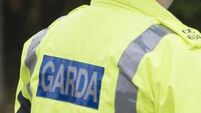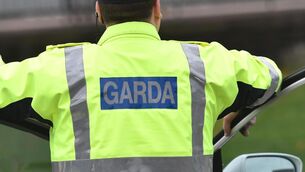Traffic chaos on the cards as rail strike continues
The strike was called after Irish Rail decided to cut workers’ pay yesterday in line with a Labour Court recommendation, but without the consent of two of its unions, the NBRU and Siptu.
Yesterday’s stoppage hit supporters travelling to Dublin from Kerry and Mayo for the All-Ireland football semi-final with extra private buses laid on in both counties to ease pressure.
Today, Siptu will join their colleagues from the NBRU who picketed yesterday.
As people return to work, today’s action threatens to have a bigger impact as it shuts down all intercity and commuter services at the country’s 147 stations.
Dublin will bear the brunt of the problems. It accounts for 83% of all train journeys in the State on any given day.
Nine out of the country’s 10 busiest stations are in Dublin, although the sixth most popular is Kent Station in Cork.
Irish Rail has said people with tickets for today will be refunded.
The action follows the rejection by workers aligned to Siptu and the NBRU of the Labour Court recommendations and the company’s decision to press on.
The court had said the cuts were unavoidable and salaries should be reduced by between 1.7% and 6.1% for a period of 28 months.
The plan was to save the company €17m.
The unions have said that solving the problem rests with management as workers do not believe the proposed cuts will be the last they have to endure.
They said the company had decided to implement the cuts without the agreement of its members and this was unacceptable.
Irish Rail said the unions and their financial advisors have been given access to the financial figures in the company which show that it will be insolvent if measures are not taken to reduce its costs.
Further NBRU and Siptu strikes are scheduled to take place on Sunday September 7, and Sunday September 21. Siptu has also said it will take industrial action on Monday, September 8.
AA Roadwatch has warned motorists, particularly those travelling to Dublin, to leave earlier to allow time for the predicted congestion.
Typical commuter patterns suggest the N11 into Dublin will be one of the most problematic routes as both the Dart services and the Gorey to Dublin line are popular.
Another potential flash point will be along the N1 during the morning rush hour when in excess of 7,400 people ordinarily come into Dublin by train.
On a typical day, 102,000 people travel by train in the greater Dublin area with 57,000 relying on the Dart.
Normal bus services will run.













